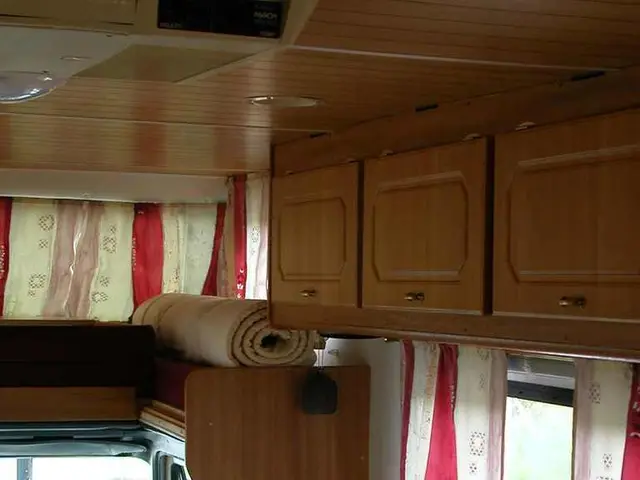What floor accommodates the exterior space?
Outdoor flooring requires a different set of considerations compared to indoor flooring, due to the various influences it's exposed to. These include weather, UV rays, and biological factors such as ants and termites.
Traditional wooden outdoor flooring can be susceptible to these elements, leading to deformations, rot, mold, fungal infestation, and even structural weakness when moisture freezes. Wood also expands in heat and contracts in cold, which can result in deformations and cracks.
However, WPC (Wood Plastic Composite) decking offers several benefits over pure wooden decking. It combines the positive properties of wood with increased stability and durability. WPC decking requires much less maintenance, is resistant to rot, decay, mold, insect damage, warping, and fading caused by sunlight and weather fluctuations. It's also naturally slip-resistant and splinter-free, enhancing safety for children and pets.
WPC decking is more eco-friendly as many products use recycled wood fibers and plastics, reducing reliance on virgin timber and contributing to sustainability. Aesthetic options are diverse, with WPC decking available in various colors, realistic wood grain patterns, and board sizes, helping it mimic the appearance of real wood while delivering lasting color retention. Furthermore, WPC decking often features antimicrobial properties, reducing bacteria and algae growth, and it is quieter underfoot compared to wood.
Other interesting alternatives for outdoor flooring include wooden tiles, terracotta or ceramic tiles, a concrete base, or Japanese stepping stones laid in grass, gravel, or pebbles. These options can provide a unique look and feel to your outdoor space. However, they may require more maintenance and may not be as resistant to weather and UV rays as WPC decking.
Artificial stone is another affordable option, significantly cheaper than natural stone. It offers special surface treatments to address typical stone floor issues regarding slipperiness. However, like all outdoor flooring materials, it's important to consider the effects of UV rays, which can cause fading and breakdown of materials.
In summary, WPC decking is a durable, low-maintenance, weather-resistant, eco-friendly, and safe alternative to traditional wooden outdoor flooring that retains its appearance longer and requires less upkeep. This makes it well-suited for contemporary outdoor spaces where durability and easy maintenance are priority concerns.
[1] Environmental Benefits of Wood-Plastic Composites. (n.d.). Retrieved from https://www.wpcpro.org/environmental-benefits-of-wood-plastic-composites/
[2] WPC Decking Colors and Patterns. (n.d.). Retrieved from https://www.wpcpro.org/wpc-decking-colors-and-patterns/
[3] WPC Decking vs. Wood Decking. (n.d.). Retrieved from https://www.wpcpro.org/wpc-decking-vs-wood-decking/
[4] Sustainable WPC Decking. (n.d.). Retrieved from https://www.wpcpro.org/sustainable-wpc-decking/
[5] Maintenance of WPC Decking. (n.d.). Retrieved from https://www.wpcpro.org/maintenance-of-wpc-decking/
WPC decking, with its eco-friendly nature and unique aesthetic options, aligns well with a lifestyle prioritizing durability, low-maintenance, and sustainability in home-and-garden outdoor-living spaces. Its resistance to various weather factors, rot, decay, mold, insect damage, and UV rays, as well as its lasting color retention and reduced need for maintenance, make it an ideal choice for contemporary outdoor settings.




